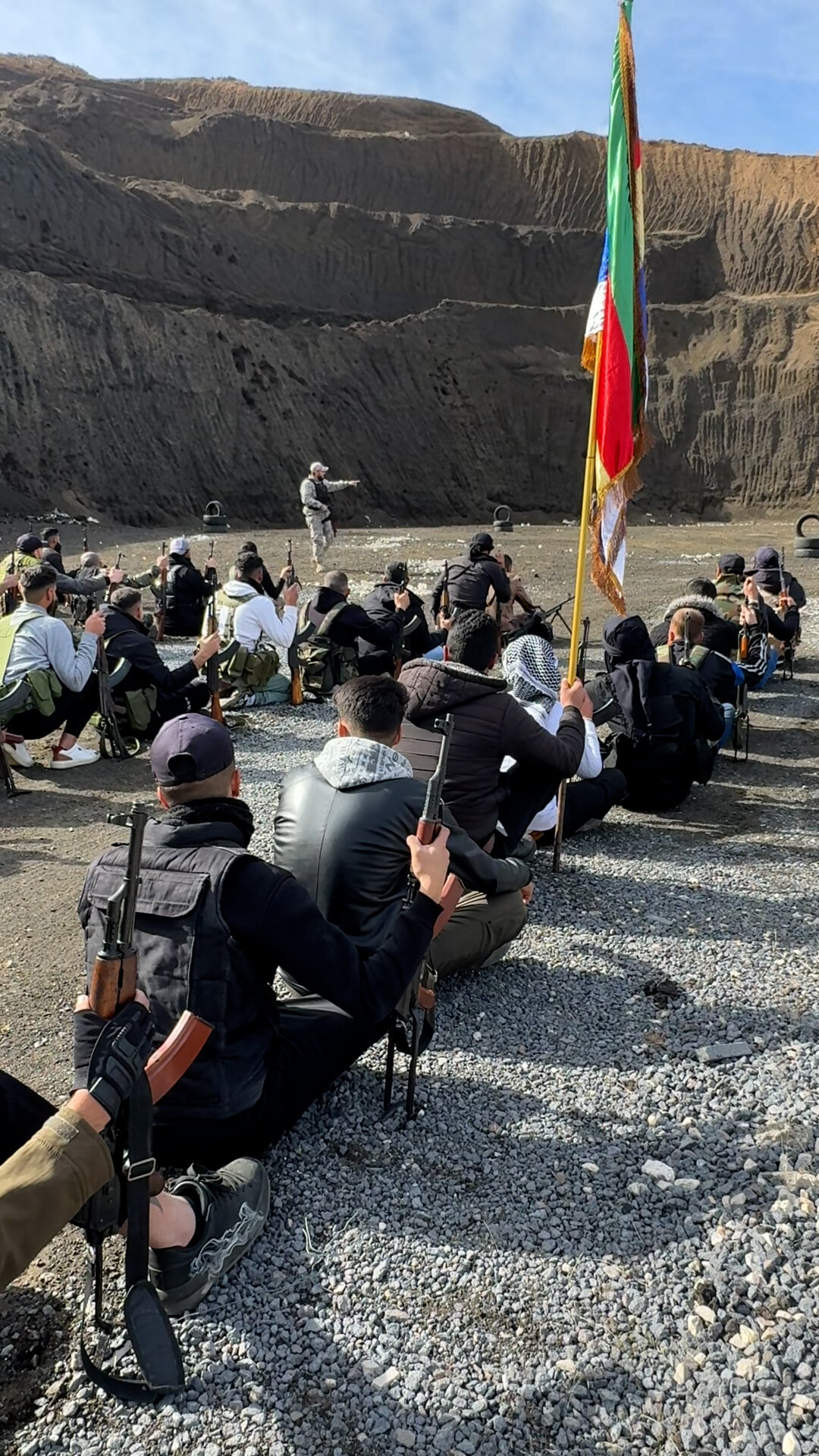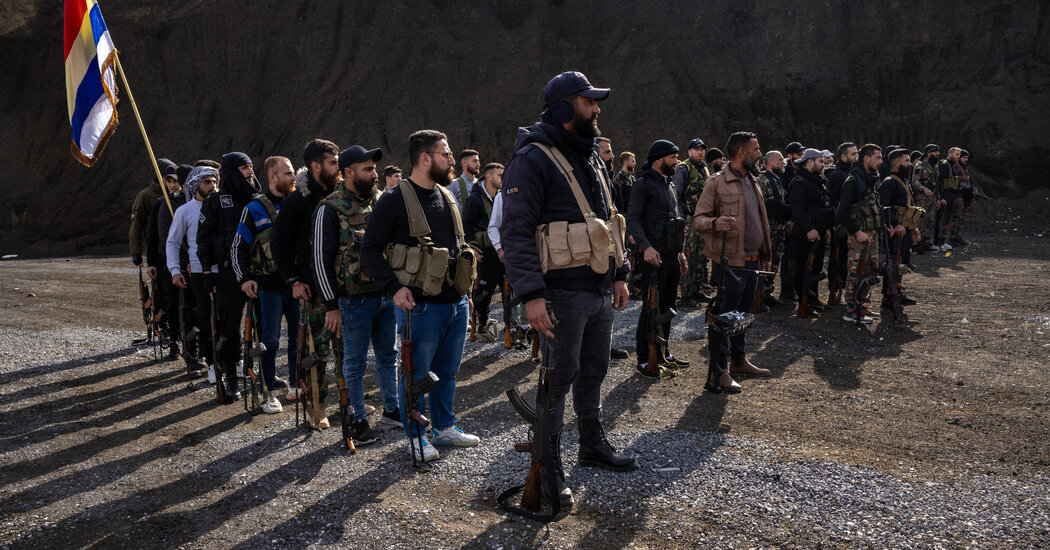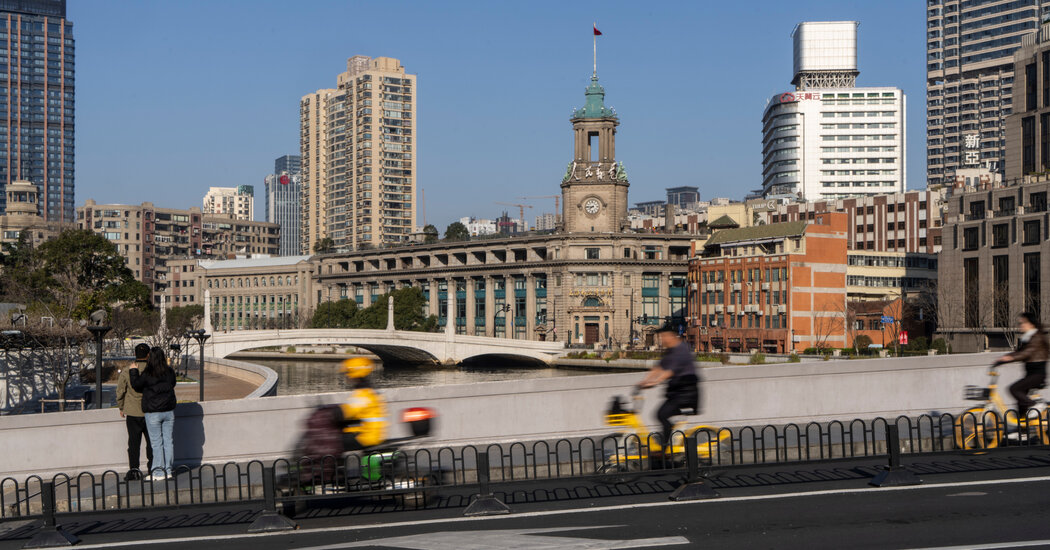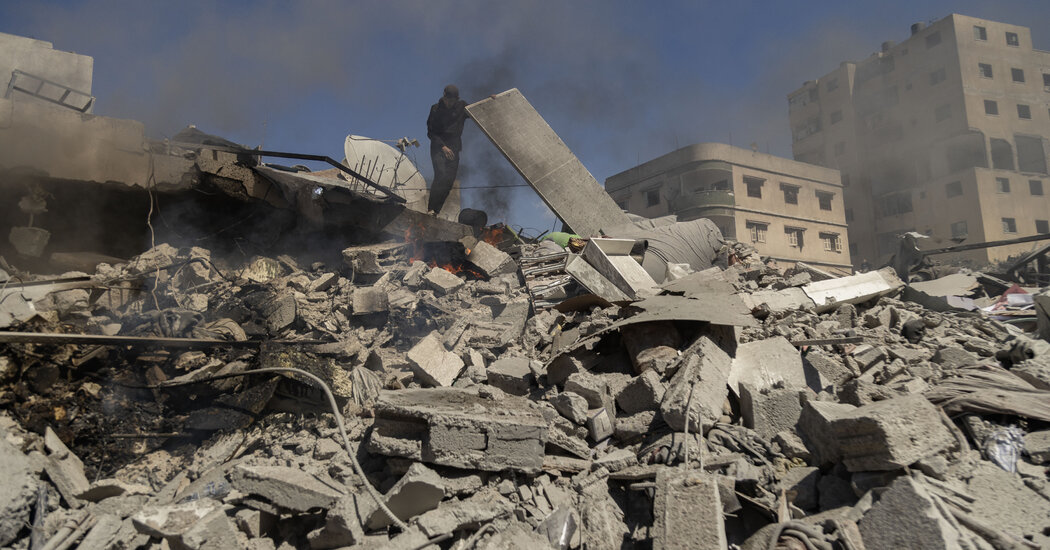Training the Future Defenders of Sweida

The trainer strode purposefully across the rugged terrain of a mountain enclave in southwestern Syria, his voice ringing out as he directed dozens of new recruits through their drills. They sprinted in unison between makeshift barricades crafted from old car tires, their determination palpable in the crisp morning air. “You must train as if your lives depend on it!” shouted the instructor, Fadi Azam, his commanding presence inspiring a mix of fear and respect among the trainees. “Do you want me to start firing at you to make it feel more real?” he challenged, lifting his rifle and discharging a few rounds into the distance, the sharp crack of gunfire reverberating across the valley.
“You are lions, lions!” Mr. Azam bellowed, rallying the recruits—many of whom belong to the tens of thousands of fighters from Syria’s Druse religious minority. This community stands resilient, controlling the rugged province of Sweida, which lies strategically positioned near the borders of Jordan and Israel. The fighters training here are not just honing their skills; they are preparing for what could be a pivotal role in shaping Syria’s future.
As Islamist factions that had risen against the long-standing rule of dictator Bashar al-Assad established a new government in December, they aimed to unify various militias, including those from the Druse community, into a cohesive national force. Such a unified military is vital for asserting control over the entirety of Syria and fostering stability, yet achieving this goal has proven to be a formidable challenge.
In recent months, since January, leaders of some of the most influential Druse militias have engaged in negotiations with the government regarding their terms for integrating into this new military framework. Their skepticism looms large over the interim president’s assurances to uphold the rights of Syria’s diverse religious and ethnic minorities, reflecting a deep-seated wariness that has developed over years of conflict.
- Drill exercises included sprints between barricades.
- Fadi Azam emphasized the importance of realistic training.
- Druse fighters play a crucial role in the region’s stability.
- Efforts to unify militias into a national force face significant challenges.
- Ongoing negotiations with the government highlight concerns over minority rights.




